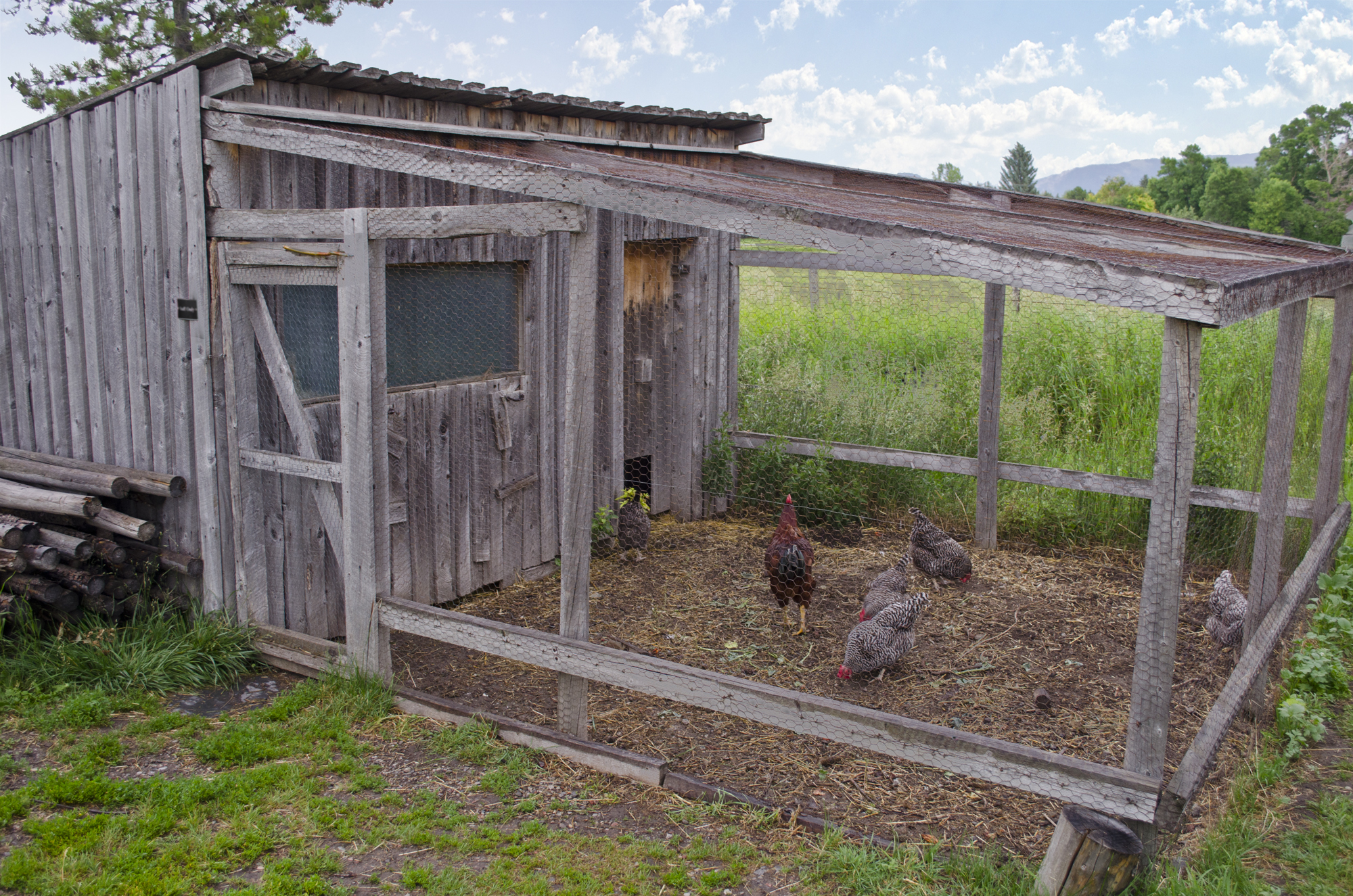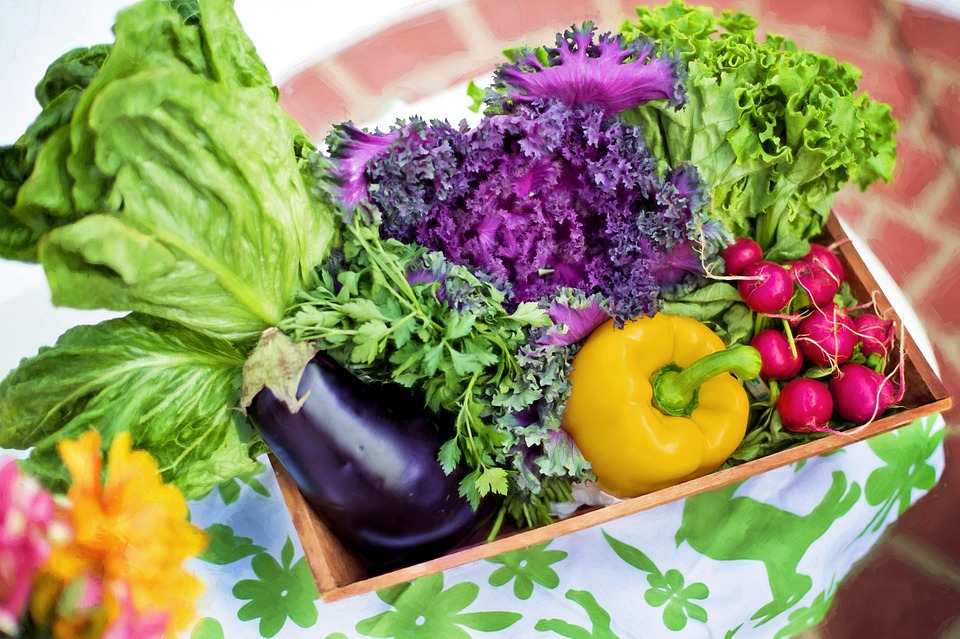Homemade Dog Food
Our dogs are our best friends, and they deserve homemade meals too! Unfortunately, a lot of store-bought dog foods have a lot of preservatives and additives that you might not be so thrilled for your canine companion to be consuming. And high-dollar dog food, with real food ingredients, can be really pricey. So a great … Read more







